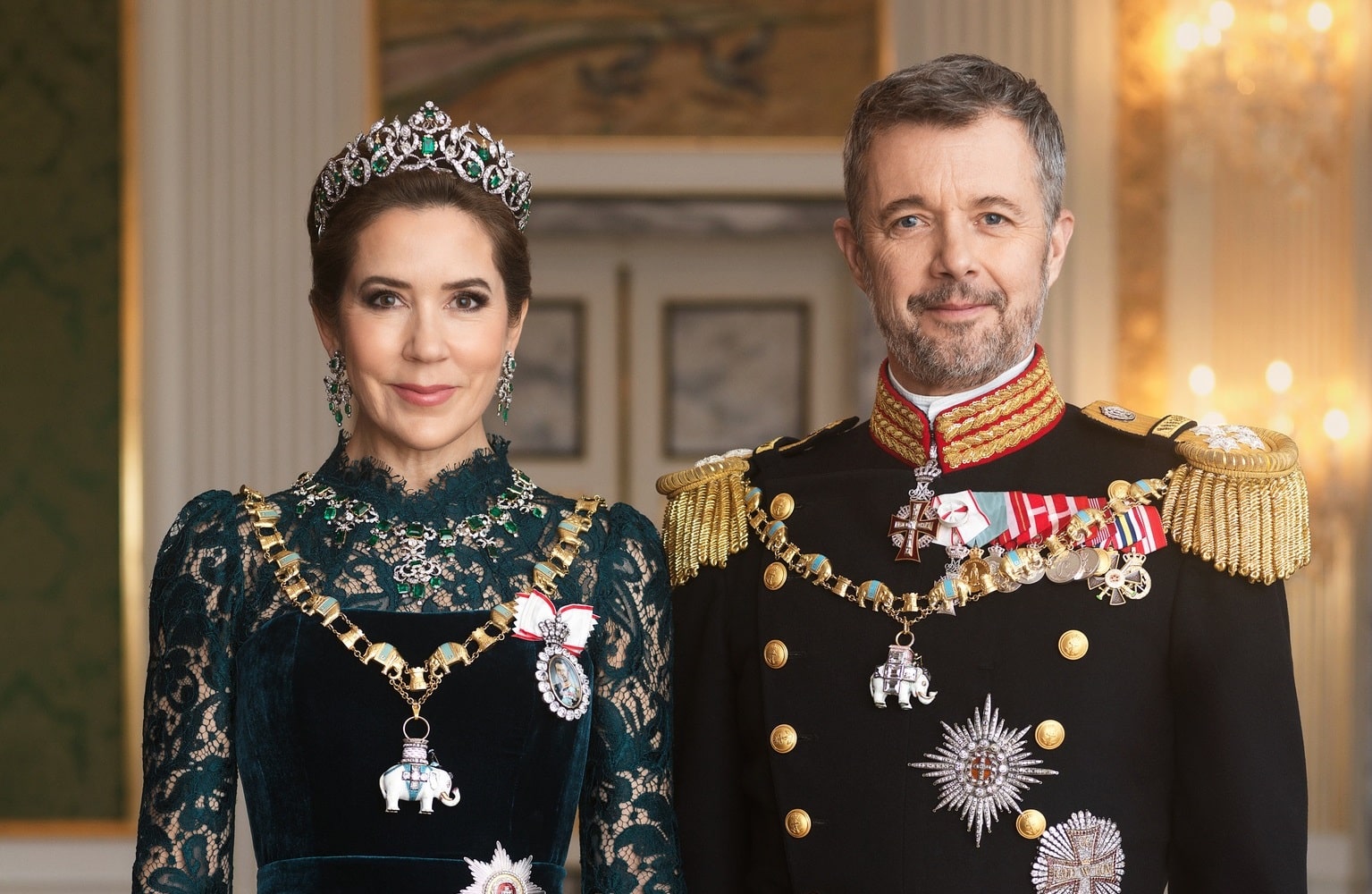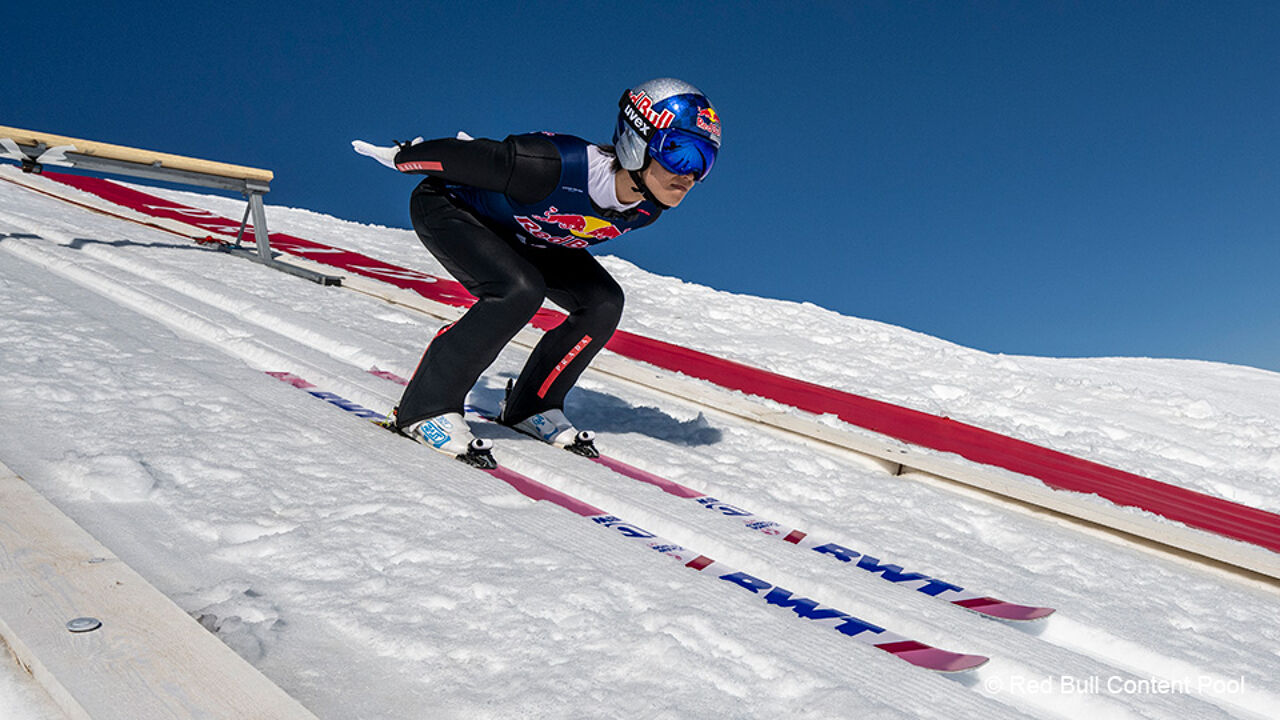Glaucoma is an eye disease that irreversibly affects vision, sometimes leading to blindness. Treatment can only ensure that the eye will not deteriorate further at best. This disease is the leading cause of irreversible blindness worldwide. Glaucoma is also treatable. Therefore, it is important to diagnose the disease at an early stage. Herein lies the main problem. Even in a developed and wealthy country like the Netherlands, the correct diagnosis of ‘glaucoma’ is made in only 50 percent of cases and appropriate treatment is started.
Researchers have now developed an algorithm that allows non-glaucoma specialists to diagnose glaucoma as effectively as glaucoma specialists.
How did you start
Hans Lemmig (glaucoma specialist at Rotterdam Eye Hospital) and Koen Vermeer (former director and now consultant at the Rotterdam Eye Institute) examined this problem three years ago and wondered if it was possible – via artificial intelligence (AI)) to “learn” a computer to detect Glaucoma well enough based on a picture (fundus) of the eye. This would enable widespread screening for glaucoma and thus prevent blindness and visual impairment due to glaucoma in many people around the world.
artificial intelligence project
The project began with the creation of a database of images. Fundus images of more than 110,000 eyes of people of different races were judged – a representative mix of the world’s population.
The most important part of the project was the naming of the images. A large group of optometrists/ophthalmologists have been trained for this purpose. After extensive training and several rounds and selection examinations, 20 optometrists/ophthalmologists from the Netherlands and abroad were selected to classify the images one by one as ‘glaucoma’, ‘no glaucoma’ or ‘not evaluable’. All of the more than 110,000 fundus images are categorized in this way.
AI Challenge
The next step was to build an algorithm based on the available – named – fundus images. A challenge was organized in early 2022 in collaboration with the Department of Artificial Intelligence at the University of Amsterdam. The winning group achieved a diagnosis rate of 85% for identification of glaucoma regardless of race and regardless of the fundus camera used. This is as good as a glaucoma specialist would do.
By: National Care Guide

“Total coffee specialist. Hardcore reader. Incurable music scholar. Web guru. Freelance troublemaker. Problem solver. Travel trailblazer.”






More Stories
Astronomers have discovered a new molecule in space. And it's very special
Will it soon be possible to freeze humans and then thaw them again?
Do you also find it difficult to eat more fruits and vegetables? A little scrolling through social media can help